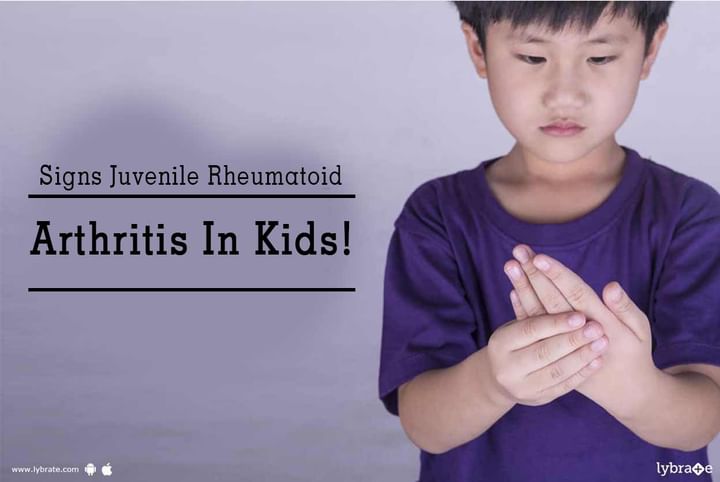Get the App
For Doctors
Login/Sign-up
Last Updated: Oct 07, 2021
BookMark
Report
Signs Juvenile Rheumatoid Arthritis In Kids!
Dr. C. LakshmikanthRheumatologist • 48 Years Exp.MBBS, MD - Internal Medicine, Fellowship in Rheumatology
Arthritis is a disease usually associated with elderly people, but it can also affect children. When arthritis affects children, it is known as juvenile rheumatoid arthritis. This disorder affects the musculoskeletal structure of a child and can cause pain, stiffness, and swelling in the muscles, joints, ligaments, and bones. In some cases, it can also affect the internal organs. With medication and therapy, the symptoms of this disorder can be managed and the quality of the child’s life can be improved.
Hence, it is important to recognize the signs and symptoms of this disease. Some of the symptoms to look out for are:
- Pain: Complaints of pain in the joints or muscles on waking up from bed can be a sign of juvenile arthritis. This may affect a child’s jaw, neck, hands, knees and feet. For most children, moving around helps relieve some of the pain. Unlike the pain triggered by an injury, this kind of pain develops slowly and affects both symmetrical joints.
- Joint stiffness: Children affected by this disorder may complain of stiff joints which hamper normal movement and activities. As with pain, this stiffness is usually worst in the morning and improves with movement.
- Swelling: Redness and inflammation of painful joints is another symptom of this disorder. The joint may also feel warm to touch. This swelling may come and go or persist for several days. The joints of the hands, feet, and knees are most susceptible to swelling.
- Fever: Frequent fever accompanied by fatigue can indicate juvenile arthritis. These fevers usually come on suddenly and are relieved after a short time. Also, they do not exhibit any signs of respiratory or stomach infections.
- Rashes: Rashes that are symptomatic of this disorder appear commonly over the knuckles, nose bridge, or on the trunk, arms, and legs. This often takes the form of a faint, pink rash that persists for weeks but unlike other rashes, it does not itch or ooze.
- Weight loss: Drastic weight loss and an unexplained loss of appetite can also signal this disorder. In such cases, the child may also appear fatigued and showcase symptoms of associated malnutrition disorders.
- Eye problems: Persistent troubles with eyesight such as pain, blurred vision, and redness of the eye can be a sign of juvenile arthritis. In some cases, this disorder also causes the iris and uveitis as well as the middle layer of the eye to appear inflamed.



+1.svg)
